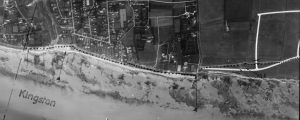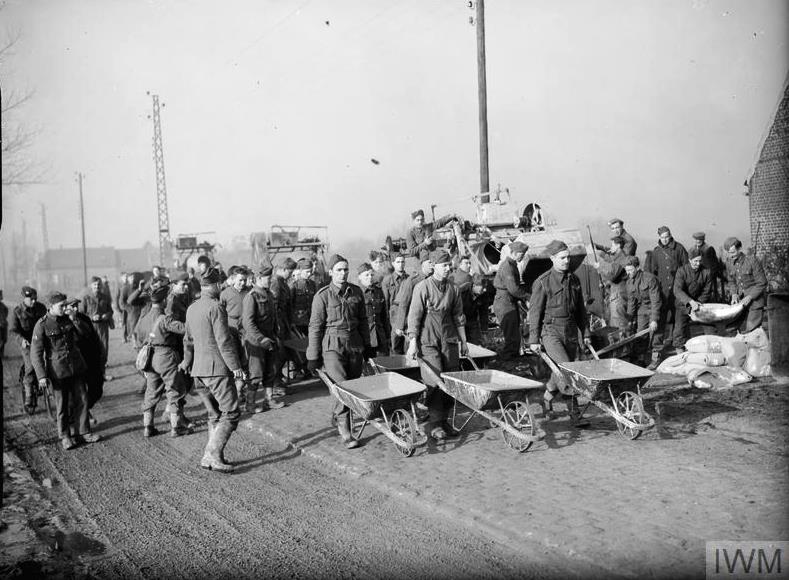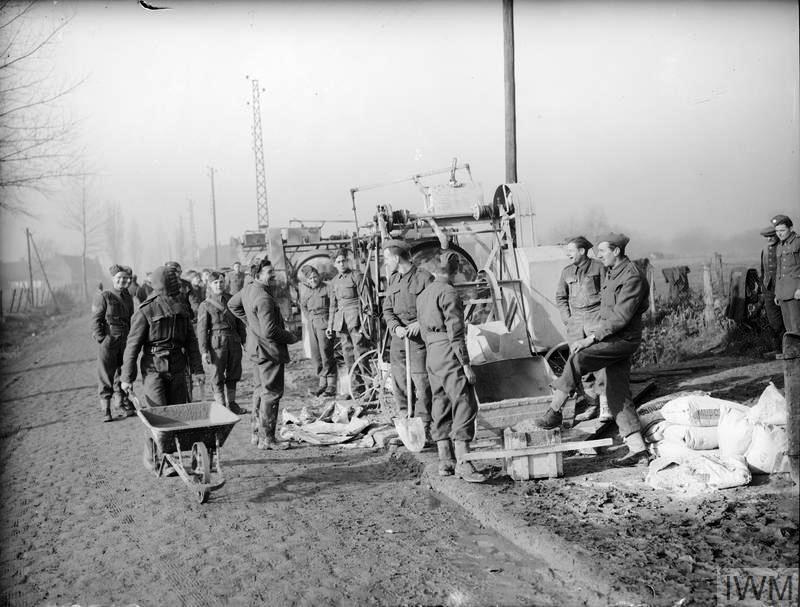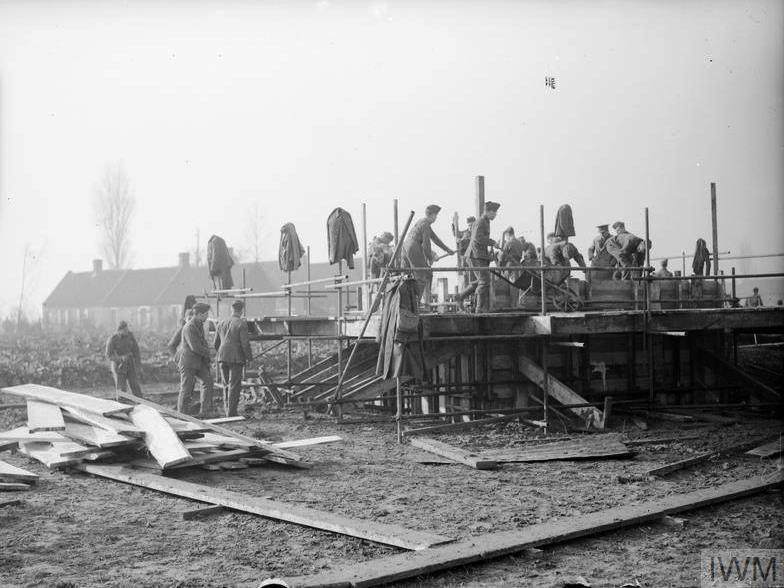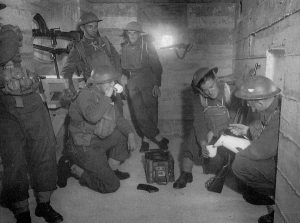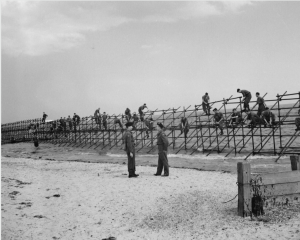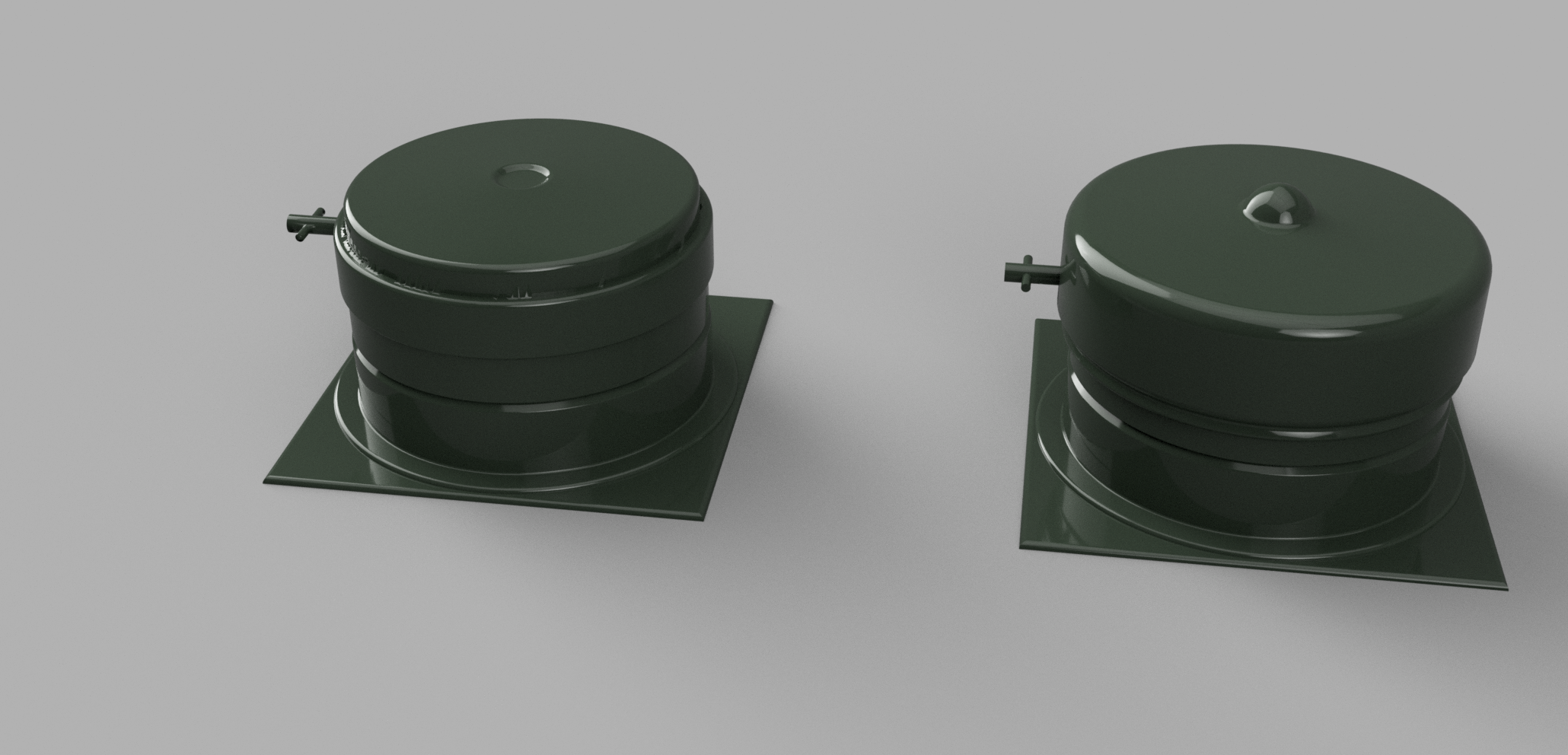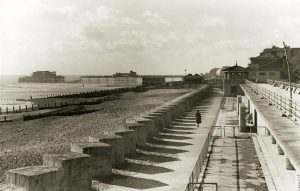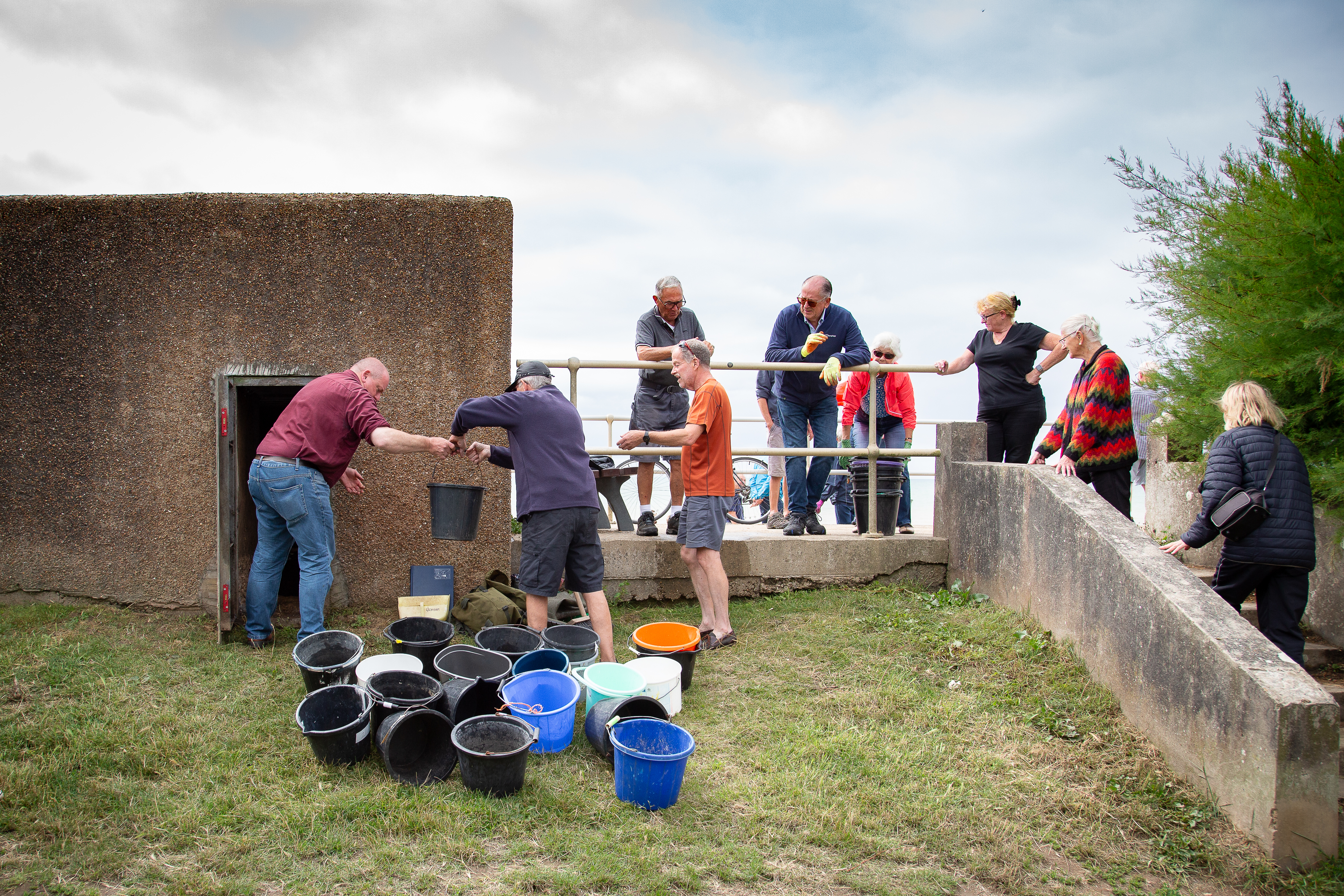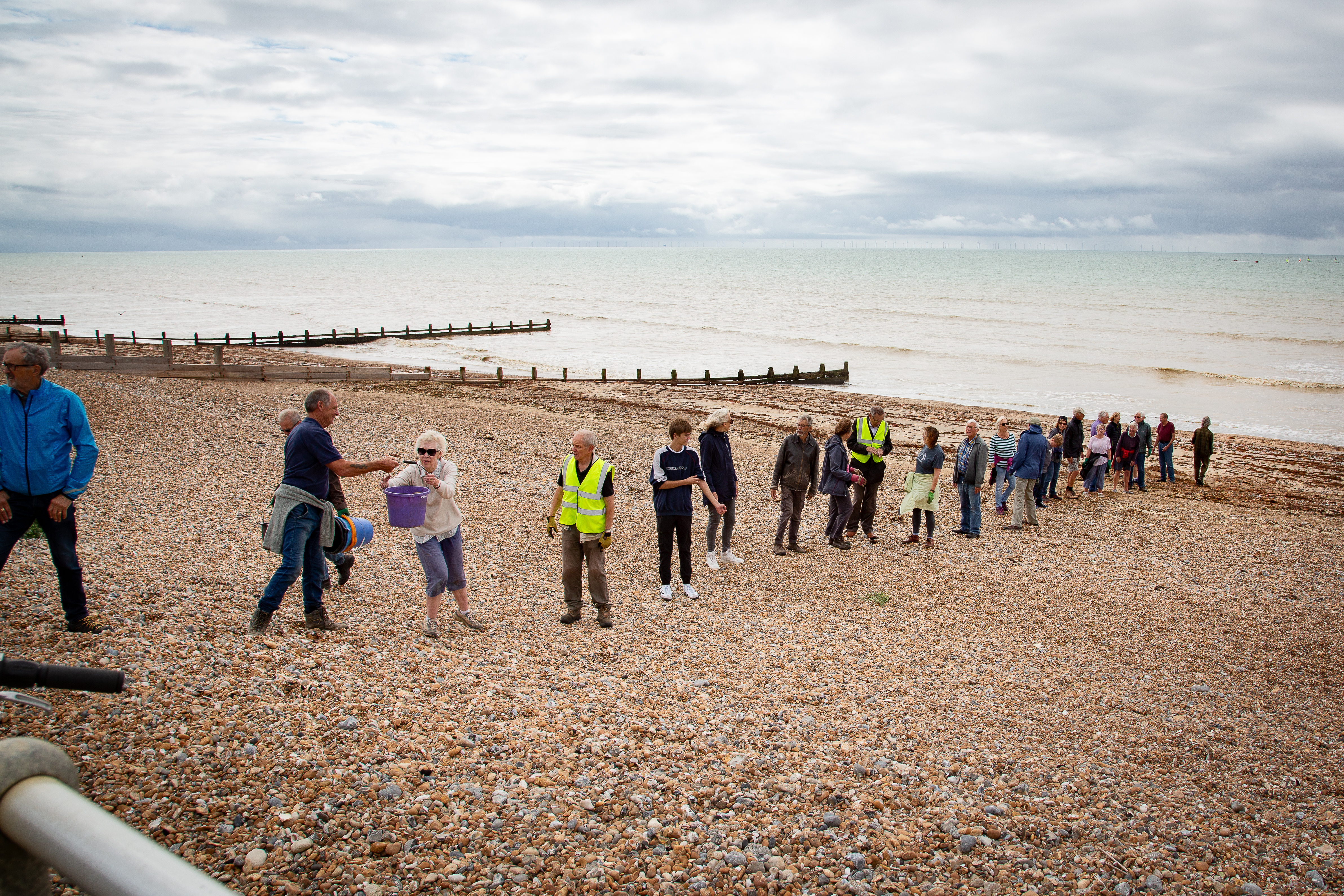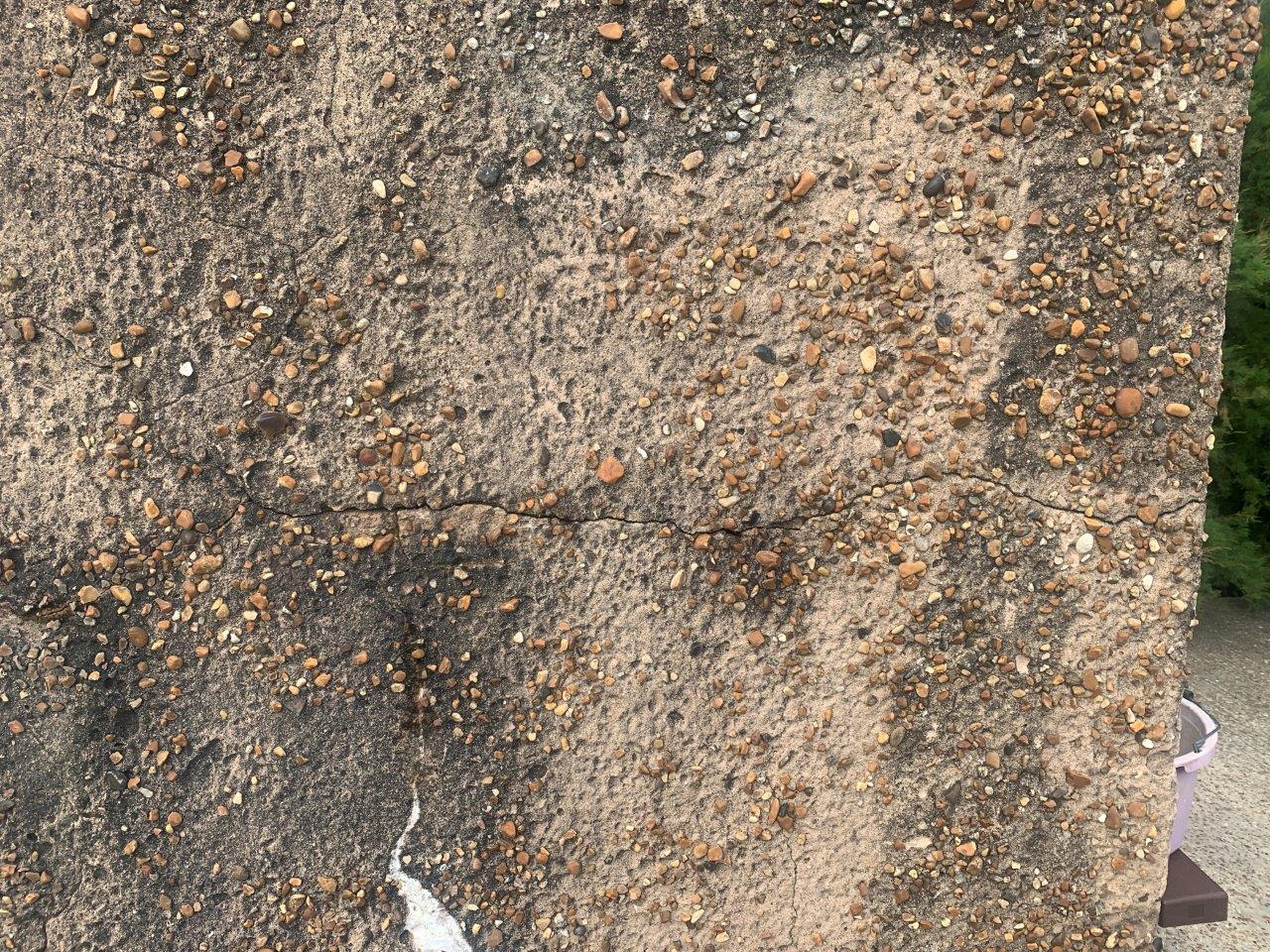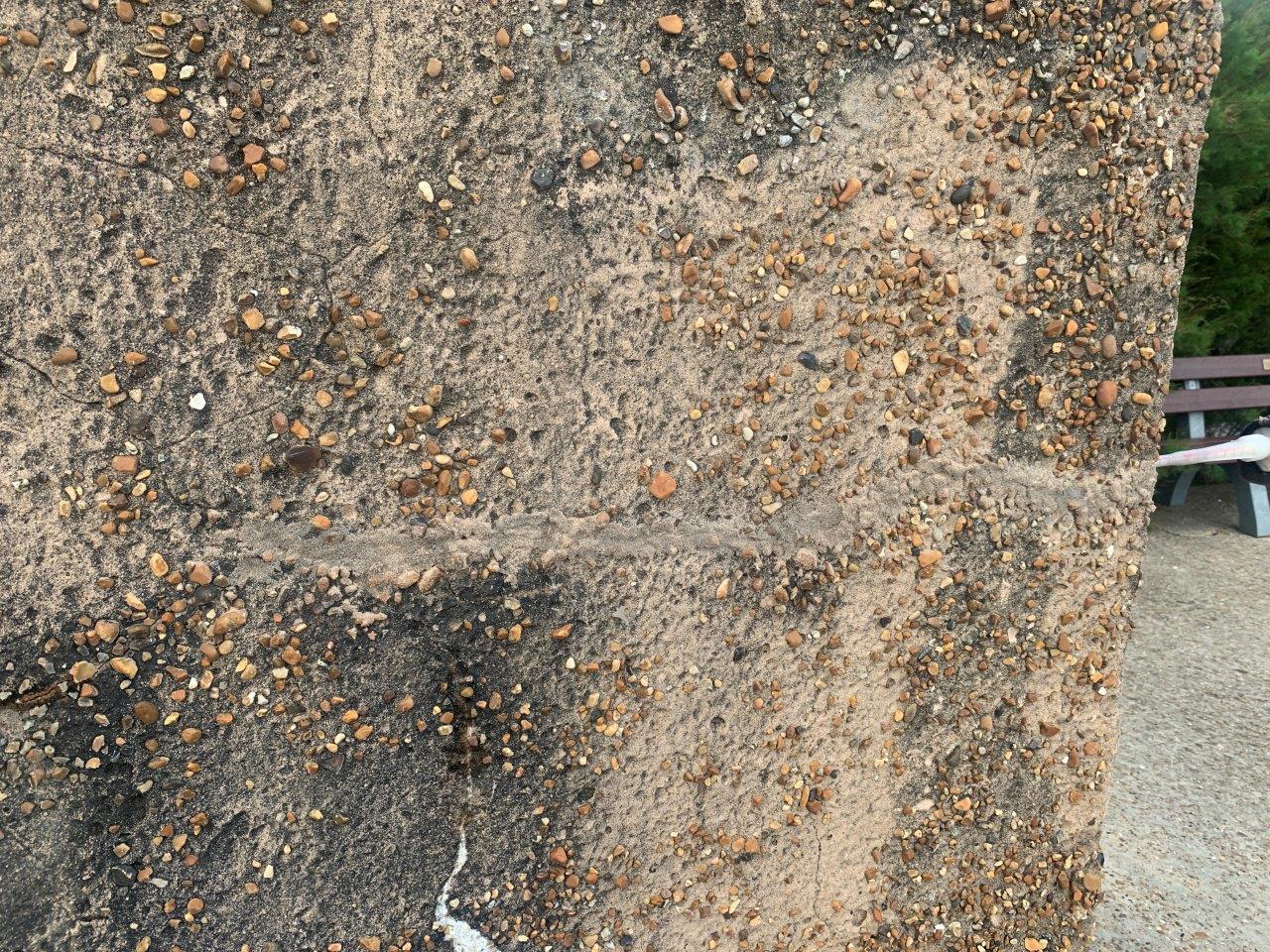Ferring Pill Box History
On Patterson’s Walk in Ferring stands a solitary concrete structure, which to the casual observer looks relatively innocuous. It has stood there for over 80 years as a tangible link to our history, a reminder of the dark days our Nation went through and the efforts and sacrifices of many to help preserve our way of life. This “concrete box” is, in fact, a Type 26 Pillbox built as an integral part of an extensive coastal defence network, known as the Coastal Crust, that spread from Dorset to the Wash, to defend against Operation Sealion, Hitler’s plan to invade Britain after the Fall of France.
It is one of only two surviving pillboxes on the West Sussex Coast and is amongst the best preserved Nationally. There were a number of standard designs of pillboxes (with local variants) produced by the War Office ranging from Type 20 – 27 (who knows why there are no Types 1 – 19?) and is a fine example of a modified Type 26 Pillbox, in that the walls and roof are double the standard thickness, at just short of 1m thick. It was designed to withstand the impact of an 8inch Naval shell.
Contrary to previous assumptions it has now been confirmed, courtesy of the Luftwaffe’s aerial photograph of September 1940, that both the Pillbox and surrounding platform on Patterson’s Walk was constructed in the summer of 1940. Why was the platform built? One school of thought is that it is part of the camouflage/deception, which is partially borne out by the Luftwaffe intelligence service not identifying the pill box as a structure on their analysis of the aerial photo.
Construction was most likely undertaken by a mix of Local workers and the Royal Engineers. There is approximately 42m3 (98 Tonne) of concrete in the structure and the wood to form the mould to pour the concrete into was “liberated” from the demolition of Bungalow Town in Shoreham. Construction was in stages with dedicate teams building the base, walls and roof along the coast. Between Ferring and the Eastern side of Worthing there were 27 pillboxes and gun positions built in 1940/41.
The inside of the pillbox is a 1.8m x 1.8m space which would have been occupied by 4 Soldiers with their Bren guns and rifles. Typically they would have spent 8 hours in there overnight. The three openings (embrasures) gave no protection from the elements and the entrance was lower than it is today as approximately 1m high and 500mm wide, with no door in the hole. It would have no doubt been a bleak and miserable shift for the infantry and alter the Home Guard to man this post, with no “facilities”.
The pillbox was just one of a number of layers designed to slow down the progress of an invading force. The defensive plan was initiated towards the end of May 1940 with the intent to “fight them on the beaches” however, in reality, there was a shortage of trained soldiers and equipment to achieve these aims. In July 1940 the plan was modified when General Edmund Ironside was replaced by General Alan Brooke who had the “benefit” of increased troop numbers following the evacuation from Dunkirk, however at first still lacked the resources in terms of artillery and heavy weapons, as these had been abandoned at Dunkirk. The new plan was to have relatively lightly manned defences on the coast with reserves held to the rear (in this case on the South Downs) poised to rapidly deploy to areas where the invaders concentrated and push them back into the Sea. Thankfully this was never tested for real.
The other defences on the coast included obstacle Z.1 known as “Admiralty Scaffolding” which was made up of scaffold poles 2.7m high and about 5m deep placed at the half tide mark as an obstacle to landing craft and vehicles attempting to storm the beach. The Pill box overlooked this obstacle and together with other infantry “dug in” to trenches on the top of the beach could put down machine gun fire onto the invading forces with their Bren or Lewis Guns. In the hills to the North of Ferring, on Ecclesden Common, were the Royal Artillery with their 75mm Guns that would have fired onto the beaches.
Behind the Pillbox, along what is now known as “Patterson’s” Walk were a series of linked minefields which provided the next layer. These contained the B Type C Mine, often known as a “mushroom mine” which was circular in shape and 335mm in diameter and 230mm high, weighing around 20kg each, of which 11kg was a high explosive mix of TNT and ammonium nitrate. It would only take a pressure of 45kg on the centre of the mine (or 25kg on the edge) for it to detonate, with devastating effect. They were notoriously difficult to work with and highly dangerous when it came to disarming them to relocate or remove them from the beaches when they were reopened to the public. In addition to a number of British and Canadian Soldiers being killed when stepping into minefields, 3 Royal Engineers were killed in Worthing when working to recover mines laid hastily on the beach in 1940 and re position them on the foreshore. The minefields were generally surrounded by Triple Concertina fences, comprising three coils of barbed wire. The barbs snag on clothing, slowing down the advance of Infantry.
The final obstacle on the coastal crust was a continuous line of anti-tank cubes, which can be seen on the aerial photographs as a line of white dots. The were made of reinforced concrete either 1.5 m or 1.1m square. Thousands were cast in situ in rows sometimes two or three deep. Along the Ferring Coastline was a single row with the only gaps being at access points/road junctions. These would each have weighed in the region of 8 or 3 tonnes each, respectively.
In 1943 the risk of invasion started to disappear and there was no longer a need for the defences. Local authorities were also keen to see the beaches reopened for access to return to as close a normal life possible. Not forgetting, of course that planning for D Day started to have a significant impact on coastal communities. Operations to clear the beach minefields commenced in 1943. This was an extremely dangerous task as the safety mechanisms in many of the mines had corroded due to the salt air and made the mines unstable. This is tragically demonstrated by an incident in Angmering-on-sea on the 24th of September 1943 when a Royal Engineer Bomb Disposal Officer and 5 of his soldiers were tragically killed in an accident when clearing the minefields along the East Preston seafront.
In February 1945 Worthing Rural District Council started the process for removing the concrete cubes to the east of Worthing Pier via a contract and then in October, let a separate contract to demolish 27 pillboxes and gun emplacements. Thankfully this only extended to the wider Worthing area and did not include the coastline from Ferring Westwards. A “sister” pillbox in Kingston Gorse is believed to have been demolished in the 1970s. Ferring’s pillbox was clearly forgotten about by this final clearance otherwise we would have no recognisable sign of wartime activity on our coast.
Future Plans
It is thought that the pillbox was bricked up in the early 1980s and then, some 15 – 20 years ago, the doorway was opened up again and the current steel door fitted into the gap. In the summer of 2023, a project team regained access to the interior and found there to be around 8” of water in the bottom. Through the sterling efforts of a work party from the History and Conservation Groups this was bailed out. Work then commenced to seal the obvious cracks in the walls and roof to prevent further water ingress, which has been successful.
The next stage, working with the product manufacturer (Safeguard), is to coat the exterior in a water and graffiti resistant sealant to make it watertight. It is then planned to remove the bricks and blocks from the embrasures and replace them with perforated aluminium sheet on the two sides to aid ventilation and a removable sheet on the South side and install steps inside. This will enable access to the interior to small groups to experience the interior and view out to sea.
Courtesy of funding support from the Parish Council, an interpretation board will be/has been installed which, combined with the planned work, will enable the aim of bringing the pillbox back into use as an educational asset to be achieved.
Funding for the planned works is being sought through donations, grants and profits from the sale of the “Ferring at War” book that details the part that Ferring played in the Defence of West Sussex and snippets of life in the Village in those times. It is also possible to arrange “walk and talk” or static presentations on the coastal defences and life in Ferring in WW2. Access to the inside of the Pillbox will also be possible by arrangement for small groups or on designated days during the year.
A video of the waterproofing work can be found here : https://www.youtube.com/watch?v=zVIDNbw–iw
For further details and to arrange talks/visits please email ferringpillbox@gmail.com


